Artist and author
Hannah Todt is a multidisciplinary artist interested in the connections among performance, sound art, and sculpture. Through different disciplines, she explores the acoustic potential of materials by reinterpreting them as musical instruments; her work reflects the aesthetic and physical quality of sound. For instance, she sees the flute as the instrument most similar to the human body: the body is a resonance box that, as air enters and leaves it, could just as easily be a flute.
At Est-Nord-Est, Todt had time to undertake material research. She usually makes her instruments with metal and wood, and she worked with clay for the first time in the centre’s facilities. Her exploration of ceramics came with its share of worry – notably, that the flutes would break during firing or that they would not let air through. Nevertheless, an ideal note or the instrument’s perfection is not her primary concern. What interests her above all is to create resonant sculptures, uncategorizable objects, a fragment of which could be part of a bigger performance involving several bodies.
In her works, Todt creates infrastructures that allow for moments in community. At Saint-Jean-Port-Joli, she co-organized (with virginie fauve, the author in residence at the time), a workshop at Centre-Femmes La Jardilec with a group of ten women, attempting to create a melody with each woman using only one note. This group interaction was part of her broader research on how gestures allow things to be seen from a new perspective. At La Jardilec, the gesture of blowing brought these women together in a shared experiment on active listening.
This is also what happened in Todt’s studio at Est-Nord-Est: Todt’s instruments mobilized active listening, certainly, but reached much further than the sense of hearing. Other senses were brought to bear, including touch – or, rather, the holding of objects to feel their materiality. A metal walking stick, leaning casually by the door, invited a stroll outside. At a touch, one realized that one could play it, just like a harmonic flute, an instrument widespread in East Europe and Scandinavia. I was inspired to think that life is made to play – to take moments to have fun, breathe, commune with others.
Discover
Newsletter
Keep up to date with the latest news!




